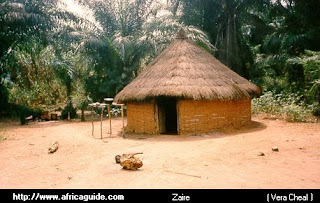I found these while surfing the interwb, basically eight organic cleaners that you usually pick up from your grocery store. Although these seem unorthodox (white bread and ketchup) they are either cheaper then mainstream products or are just downright better for the environment. Many are even multi-purpose! clean your silverwhere while having a grill cheese sandwhich with ketchup. two birds, one bottle of Heinz.
1. Ketchup and White Bread
Use white bread to: Dust an oil painting. Gently dab a slice of white bread over the surface to pick up dirt and grime.
Use ketchup to: Remove tarnish from copper and brass cookware. Squeeze ketchup onto a cloth and rub it on pots and pans. They should go back to their coppery color in minutes. Rinse with warm water and dry with a towel.
Oatmeal
Use it to: Scrub very dirty hands. Make a thick paste of oatmeal and water; rinse well.
Use it to: Clean the inside of a vase or a thin-necked bottle. Fill three quarters of the vessel with warm water and add a tablespoon of uncooked rice. Cup your hand over the opening, shake vigor-ously, and rinse.
 Tea
Tea Use it to: Scour rusty garden tools. Brew a few pots of strong black tea. When cool, pour into a bucket. Soak the tools for a few hours. Wipe each one with a cloth. (Wear rubber gloves or your hands will be stained.)
 Glycerin
Glycerin Use it to: Remove dried wax drippings from candlesticks. Peel off as much wax as possible, then moisten a cotton ball with glycerin and rub until clean.
 Club Soda and Hydrogen Peroxide
Club Soda and Hydrogen Peroxide Use club soda to: Shine up a scuffed stainless-steel sink. Buff with a cloth dampened with club soda, then wipe dry with another clean cloth.
Use hydrogen peroxide to: Disinfect a keyboard. Dip a cotton swab in hydrogen peroxide to get into those nooks and crannies.
 Cornstarch
CornstarchUse it to: Clean grease spills on carpets. Pour cornstarch onto spots and let sit for 15 to 30 minutes before vacuuming.
 Rubbing Alcohol
Rubbing AlcoholUse it to: Erase permanent-marker stains from finished wood floors or solid-surface countertops. Pour rubbing alcohol onto a cotton ball and apply.




